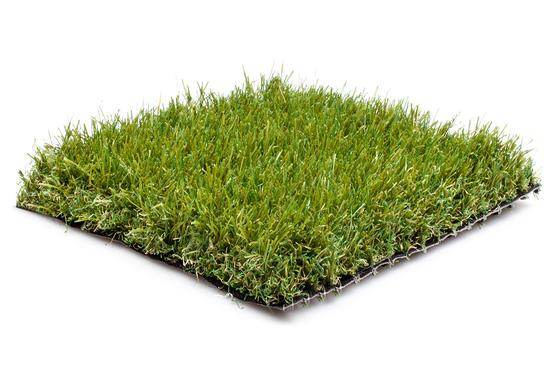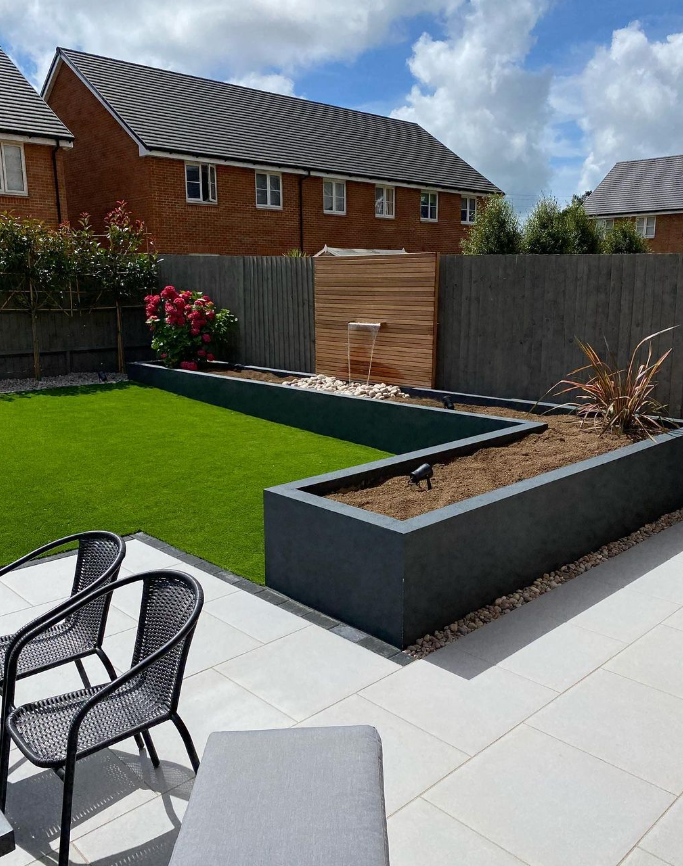
3G vs 4G Pitch: What's the Difference?
Choosing the right playing surface is a big decision for schools, clubs, and contractors, and a question that comes up time and again is the 3G vs 4G pitch debate.
The phrases get thrown around a lot, yet the difference between 3G and 4G turf isn’t always clear.
Some believe 4G is simply the newer, better option, but that’s a 4G pitch myth worth clearing up before any investment is made. What matters more is understanding how each surface is built, how it performs during play, and what the governing bodies actually allow for official matches.
This article offers a clear artificial football pitch comparison, from sports turf infill types through to maintenance, safety, and approvals, so you can make a confident, well-informed choice.
Fibre and Infill Materials

The first distinction between 3G and 4G pitches lies in how each surface is built.
A 3G system usually combines longer synthetic fibres with sports turf infill types such as sand and rubber crumb. The sand stabilises the base, while the crumb provides cushioning and helps the ball behave more like it does on natural grass. This setup is well understood by contractors and widely approved for competitive football and rugby.
By contrast, the 4G pitch myth suggests these surfaces require no infill at all. In reality, many products marketed as 4G still rely on some form of stabilising layer to maintain fibre shape and ensure consistent play. The main claim is reduced reliance on rubber crumb, which some schools and councils see as a cleaner, lower-maintenance option.
So, the difference between 3G and 4G turf is less about a leap in technology and more about marketing language, with 3G remaining the trusted standard.
Ball Bounce and Roll Performance
How the ball behaves on the surface is often the deciding factor in an artificial football pitch comparison. A 3G pitch, with its infill and fibre mix, tends to give players a reliable bounce and roll that closely mirrors natural grass. This consistency is why governing bodies continue to back it for competitive football and rugby.
On a 4G surface, the lack of traditional rubber crumb can change how the ball moves. Some players report a quicker roll and slightly higher bounce, which might feel fine for school training or recreational matches but can frustrate athletes who rely on predictable ball control. The marketing around “advanced playability” sounds attractive, yet feedback often suggests performance still varies between 4G products.
So, in practice, 3G usually offers the stability clubs expect, while 4G remains more of a developing option rather than a proven upgrade.
Player Safety and Injury Risk
Safety is often the first question clubs and councils raise, and it’s fair to ask, which pitch is safer 3G or 4G?
A well-installed 3G system usually provides strong impact absorption thanks to its rubber crumb infill, which cushions joints and reduces the risk of shock-related injuries. Friction levels are also more predictable, helping to minimise abrasions during tackles or falls.
4G pitches, often promoted as cleaner and lower-maintenance, still spark debate.
Without the same infill depth, some surfaces can feel firmer underfoot, which may increase stress on knees and ankles over time. Research is still ongoing, but player feedback suggests the experience is not yet as consistent as 3G.
Governing bodies and sports scientists tend to lean towards 3G for competitive play, mainly because its performance and safety standards are backed by years of use and testing. Until more data is available, 4G remains less widely trusted.
Maintenance Demands of 3G Versus 4G

One of the most common misconceptions is that 4G surfaces are low-maintenance synthetic pitches. In truth, every artificial turf system needs upkeep to stay safe and playable. A 3G pitch requires regular brushing to keep fibres upright, infill top-ups to replace displaced rubber crumb, and decompaction to stop the surface from becoming too firm. Skipping these tasks quickly affects ball roll and increases injury risks.
4G pitches are often sold as “maintenance-free,” but this is another 4G pitch myth. While they may need slightly less rubber crumb management, brushing and cleaning remain just as necessary. Litter, organic debris, and surface compaction still occur, so ignoring care routines shortens lifespan significantly.
In short, 4G might sound easier, but both systems rely on consistent attention to deliver performance and durability. Maintenance isn’t optional; it’s what keeps the surface playable year after year.
Which Surfaces are Approved for League Matches
For competitive football and rugby, governing body approval is a deciding factor. At present, only certain FA-approved artificial pitch types fall under the 3G category.
These surfaces meet strict requirements for ball roll, bounce, and player safety, making them suitable for league matches across a wide range of levels in the UK. The FIFA Quality Programme and World Rugby regulations also recognise 3G installations, giving contractors and schools confidence in their investment.
By contrast, 4G pitches currently lack this same official endorsement. Marketing often positions them as the “next generation,” yet without a governing body backing, they cannot be used for sanctioned matches. This limits their role mainly to training or informal recreational use.
For schools, councils, and clubs aiming to host competitive fixtures, 3G remains the reliable choice, tested, approved, and widely adopted across professional and grassroots sport.
Longevity Under Heavy Usage
How long a surface lasts depends heavily on both its build and its upkeep. A well-installed 3G pitch, with regular brushing and infill care, can typically last eight to ten years before replacement is needed. Its combination of fibres and rubber crumb helps it withstand thousands of hours of school sessions, club training, and weekend matches.
4G pitches are sometimes promoted as longer lasting, yet without enough long-term data, that claim is still uncertain. The lack of deep infill can lead to faster wear in high-use areas, especially goalmouths and centre circles. Maintenance, or neglect, plays the biggest role in service life for both systems.
So, while 4G may sound promising, 3G remains the proven option for durability under the demands of heavy use in the UK.
Tuda Grass supplies professional-grade artificial grass suitable for sports, schools, and outdoor projects. If you’d like tailored advice on choosing between systems, our team is here to help, simply contact us today and we can discuss the right options for you and your needs.


